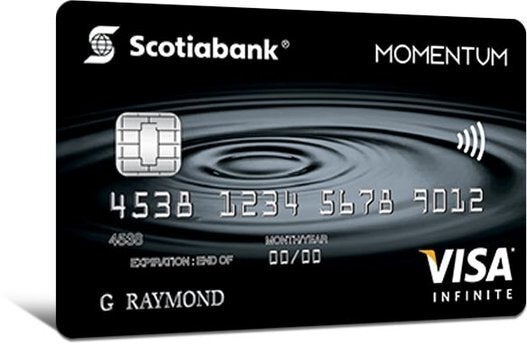Many of Canada’s big banks are raising fees for customers, adding millions to their bottom lines amid a slowdown in lending and a hit to revenues from the oil price shock.
Canada’s biggest bank, Royal Bank, will raise rates on a range of accounts and transactions starting June 1. Some of those changes include new charges for using Interac on some savings accounts, a fee for making a payment on a credit card and higher charges for cheque certifications.
“With respect to the changes in general, we understand that any change in pricing or fees is a sensitive topic for clients and we work hard to keep costs down,” said RBC spokesman Andrew Block.
“On an annual basis, we review our products and services and sometimes adjust the pricing for some of them to reflect the cost of doing business.”
RBC said it will also increase the age at which seniors are eligible for banking rebates, from 60 to 65, as of June 1, in order to “be more consistent with the age that most seniors’ benefits generally apply, including many government programs.”
Many of the other big banks have already implemented higher fees or will do so before RBC.
At the Bank of Montreal, new fees are set to take effect May 1. Customers will now pay $2 if they want to see their monthly statement on paper and their monthly bank plan fee will rise by at least one dollar, while debit transaction fees will rise to $1.25 from one dollar.
Scotiabank already made changes to an array of accounts and transactions at the beginning of this year, including increasing the minimum daily banking balance to waive the monthly fee and and raising the fee for use of a safety deposit box. But they also eliminated the paper fee for student and basic checking accounts.
“Adjustments are made from time to time so we can continue to provide good value to our customers with all of our products and services,” said Scotia spokeswoman Sheena Findlay.
“Our priority is communicating to our customers in advance of any changes taking place.”
At TD Bank, fee changes that kicked in March 31 include increasing the minimum balance to waive monthly and transaction fees, a 25-cent hike on transactions in a number of business banking accounts and increases to transfer fees on some savings accounts, while some other accounts will see them lowered.
“We recognize pricing can be a sensitive issue for our customers and we always consider the impact on our customers before proceeding with any change,” said TD spokeswoman Alicia Johnston.
“As all of the banks do, we review and occasionally make adjustments to pricing to reflect current market conditions, the cost of providing services and our competitive position in the marketplace."
Consumers are expected to bear the brunt of these changes even as the cost of living continues to rise amid higher food prices, property taxes and rising user fees on other services. The issue of rising bank fees got the attention of the federal government last year, which raised questions about competitiveness in the industry.
“As Canada’s banks have grown and prospered, questions have been raised about the competitiveness of the fees levied on consumers’ deposit accounts,” a report prepared for the Financial Consumer Agency of Canada found.
“The relatively high level of concentration observed in Canada’s banking sector creates the perception that the market for financial services is not as competitive as it could be; and by extension, there is some concern that a lack of competition might be contributing to fees that are less than optimal for consumers.”
The report concluded that fee increases on chequing accounts have been moderate, rising 13.6 per cent between 2004 and 2013. However, charges associated with variable fees -- those for transactions that are above and beyond what is covered in a customer’s monthly plan -- have increased significantly, up 46 per cent for the same period.
Low Interest Rates Put The Squeeze On Banks
The fee changes come at a time when Canadian banks’ profit margins are under pressure after years of runaway growth.
The banks are finding it harder to pay higher dividends to investors as consumer debt levels reach an all time high, Canada’s ever important oil companies rein in spending amid an oil price crash, and business investment remains stagnant.
Banks traditionally make their money from interest rate spreads -- the difference between the rate they pay to the Bank of Canada to borrow money and what they charge customers. But with interest rates at historical lows, the shrinking profit margins are eating into their profits.
User fee hikes are one of the most readily available tools at companies’ disposal and they occur frequently in other industries, such as telecommunications, as a way to boost revenue.
In addition to raising fees to boost revenue to offset some of these “headwinds,” the big banks are also focused on cost-cutting, including layoffs in the financial sector, as well as the reported entry of Apple Pay to Canada, which some believe is a threat to their bottom line.
In the aftermath of the 2008-2009 financial crisis, many U.S. banks raised fees to pad their damaged balance sheets. Fees south of the border have continued to rise ever since even as they are met with customer outrage.
Also on HuffPost:
